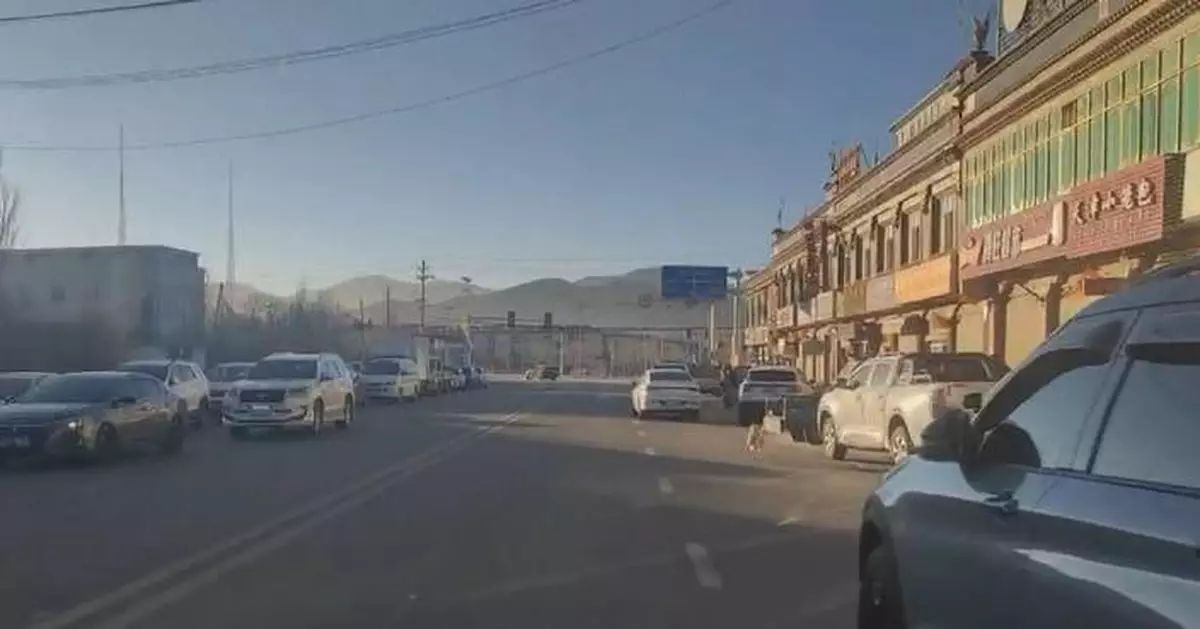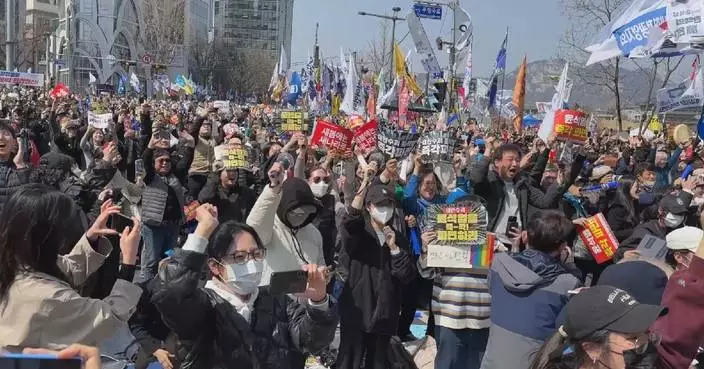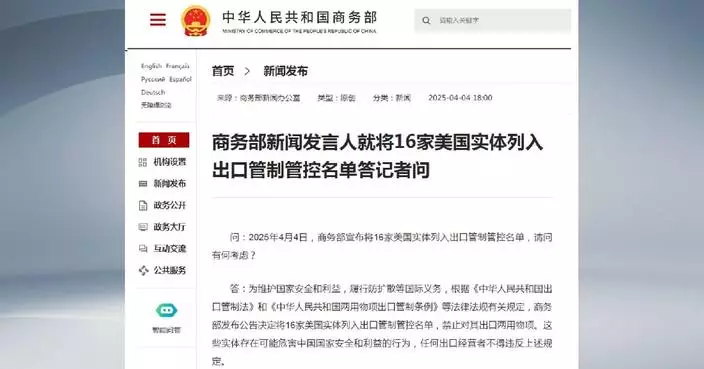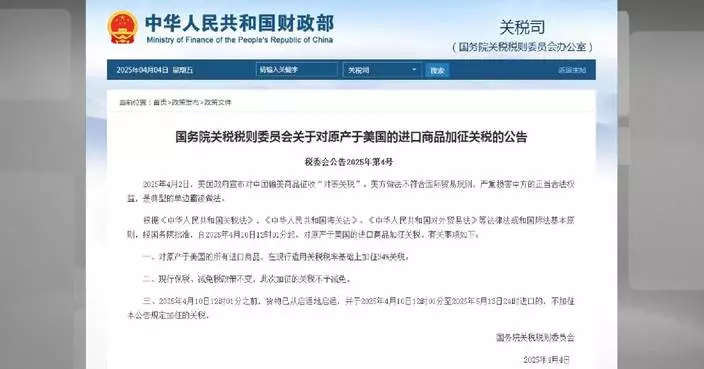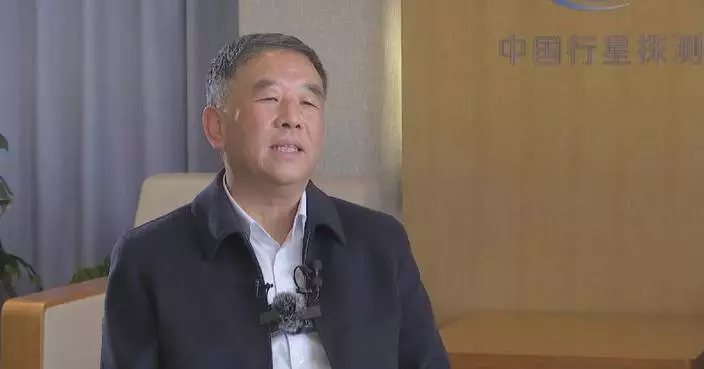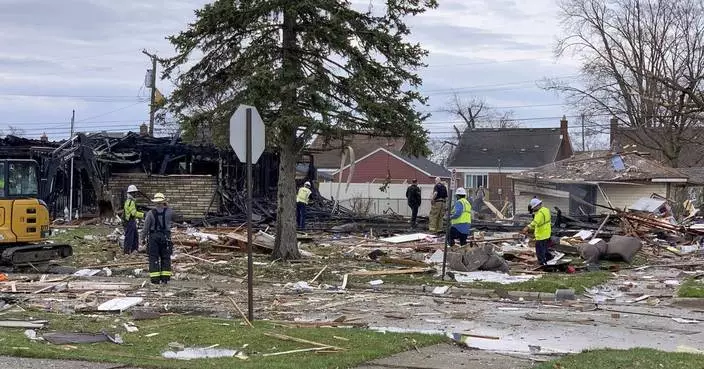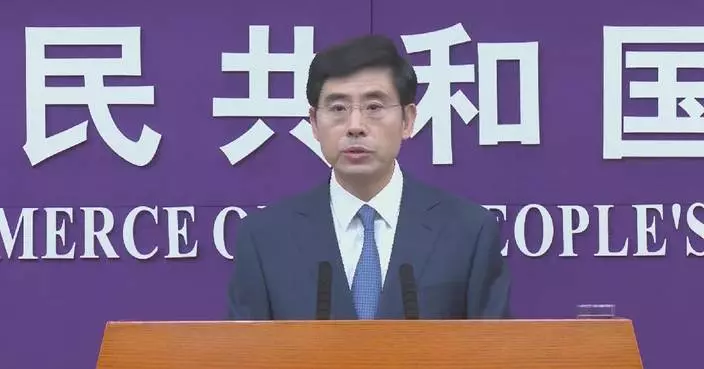Fifty-three people have been confirmed dead, and 62 others injured as of 12:30 Tuesday, after a 6.8-magnitude earthquake jolted Dingri County in the city of Xigaze in Xizang Autonomous Region at 09:05 Tuesday (Beijing Time), according to the regional disaster relief headquarters.
Over 1,000 houses have sustained varying degrees of damage.
Following the quake, China Earthquake Administration launched a level-II emergency service response and sent a work team to the site to assist with disaster relief efforts. Xizang Autonomous Region also issued a level-II emergency response to the quake.
Some 22,000 disaster relief items, including cotton tents, cotton coats, quilts and folding beds, together with special relief materials for high-altitude and frigid areas, have been dispatched by central authorities to the quake-hit area. Over 1,500 local firefighters and rescue workers have also been dispatched to the ground.
The epicenter was monitored at 28.5 degrees north latitude and 87.45 degrees east longitude. The quake struck at a depth of 10 km, according to a report issued by the China Earthquake Networks Center.
The epicenter is located in Tsogo Township of Dingri County, which has a population of approximately 6,900 people within a 20-km radius. There are 27 villages within this area. Official data show Dingri County has a population of over 61,000 people.
A strong earthquake was felt in Nepal's Kathmandu Valley on Tuesday morning, and police said no damage has been reported yet.
Nepal Police spokesperson Bishwa Adhikari told media that police nationwide have been told to find what had happened, and so far there has been no report of human casualty or material damage.
Lok Bijaya Adhikari, a senior seismologist at Nepal's National Earthquake Monitoring and Research Center, put the magnitude of the earthquake in Nepal at 7.0.

53 dead, 62 injured in Xizang 6.8-magnitude quake
More than 100 representatives of the Chinese-Filipino community and descendants of war veterans gathered at Manila's Chinese Cemetery on Tuesday to pay tribute to overseas Chinese who fought against the Japanese occupation during World War II.
The memorial ceremony was also attended by Chinese Ambassador to the Philippines Huang Xilian and other officials of the embassy.
Among the attendees was 96-year-old Mike Lu, or Lu Shuiya, a veteran of the Philippine Chinese Anti-Japanese Guerilla Force, known as Wha-Chi in the Philippines. Every year during the Qingming Festival which falls on April 4 this year, he would visit the cemetery to honor his fallen comrades.
"We will not forget, the people will not forget, the motherland will not forget," said Lu in a speech.
Another veteran, 102-year-old Wang Chenli, also participated in the ceremony.
Alongside Ambassador Huang and other dignitaries, the two elderly fighters laid wreaths and bowed in remembrance at the monument dedicated to the Chinese resistance fighters.
Following Japan's occupation of the Philippines in 1942, overseas Chinese in the country set up resistance groups such as the Philippine-Chinese Anti-Japanese Force and the Philippine-Chinese Anti-Japanese Guerrilla Forces, and latter is also known as Wha-Chi.
Wha-Chi played an impressive role in the fight against Japanese aggressors in over three years of the occupation.
The unit killed, wounded, and captured more than 2,000 enemy troops, at a cost of 77 casualties among its own ranks. After the war, the Chinese-Filipino community erected multiple memorials to commemorate these wartime heroes.
"Many people do not know that the Chinese minority in the Philippines was very fearless and very consistent in resisting Japanese militarism during World War II. We should not forget the war history in order to preserve and uphold peace," said Wilson Lee Flores, a well-known columnist in the Philippines.
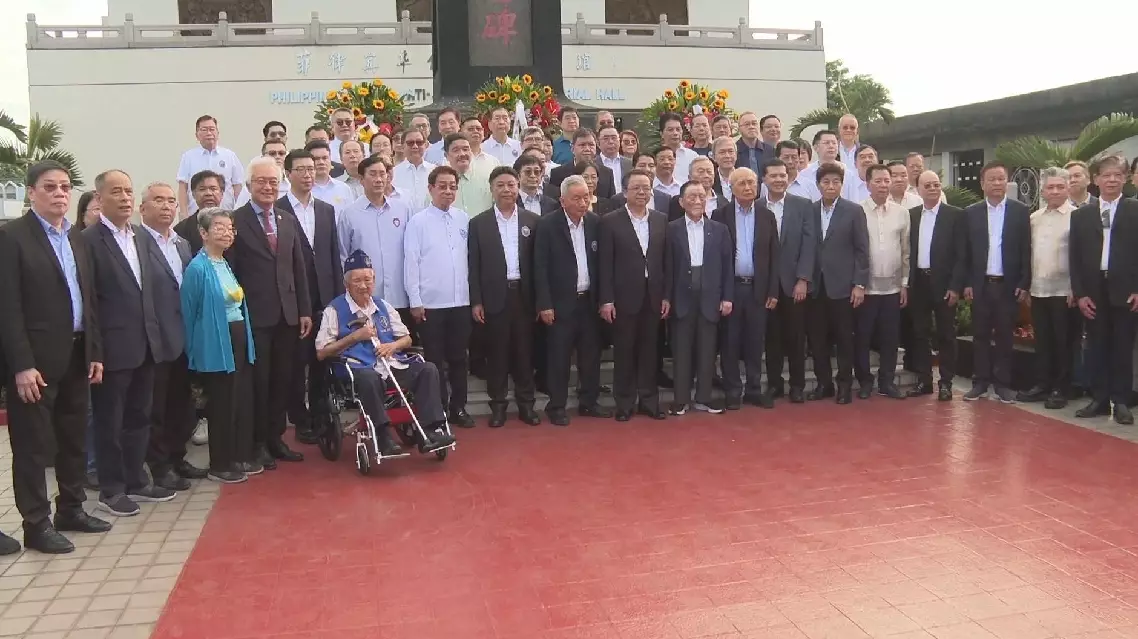
Chinese WWII resistance fighters in Philippines commemorated



